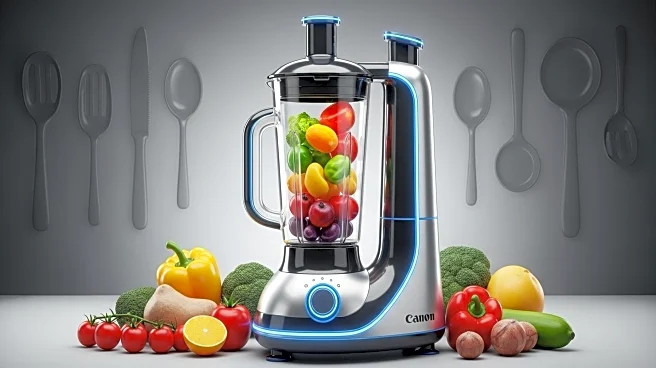What's Happening?
The food and beverage industry is poised for significant changes in 2026, driven by evolving consumer trends. Key trends include a shift from high-protein and high-fibre diets to more balanced nutritional approaches, the rise of nostalgia-driven products offering comfort, and sensory innovations that enhance the eating experience. As consumers seek balance over excess, the industry is expected to focus on diversifying nutrient sources and embracing complexity in product offerings. Nostalgia offers an escape from modern challenges, while sensory innovations cater to the desire for novel experiences.
Why It's Important?
These trends reflect broader shifts in consumer preferences and values, emphasizing health, sustainability, and experiential consumption. The move towards balanced nutrition and sensory innovation presents opportunities for brands to differentiate themselves and capture market share. Nostalgia-driven products tap into emotional connections, potentially boosting brand loyalty and sales. As the industry adapts to these trends, companies must innovate and respond to changing consumer demands, influencing product development and marketing strategies.
What's Next?
Food and beverage companies will continue to explore new product formulations and marketing strategies to align with these trends. The focus on balance and sensory experiences may lead to collaborations with technology and research partners to enhance product offerings. Brands will likely invest in consumer insights and data analytics to better understand evolving preferences and tailor their approaches. The industry may also see increased emphasis on sustainability and ethical sourcing as consumers prioritize environmental impact.
Beyond the Headlines
The convergence of these trends signals a more thoughtful and creative era for food and beverage innovation. As consumers seek products that resonate with their values, companies must navigate complex challenges related to health, taste, and sustainability. The emphasis on sensory experiences and nostalgia highlights the importance of emotional connections in consumer behavior, potentially influencing long-term industry dynamics.











